Investigation of f Plasma Formation Structure by The Doppler Radar Method
To carry out investigations on the plasma one applies different methods and techniques depending on the type of plasma to be studied: hot or cold, continuous (stationary) or instantaneous (pulsed) etc. The most often used are non-contact methods: microwave and laser methods, and passive diagnostics: plasma parameter determining by the selfradiation.
Formation of plasma bunches and rarefactions in the plasma column are the first indications of plasma instability. Investigations on the plasma instability states allow one to determine the main characteristics of the weakly ionized plasma existing in the magneto-hydrodynamic energy generators, plasma waveguides, gas lasers and in other devices. We consider the method of remote measurement of the parameters of weakly ionized plasma arising in the noise generators (NG), with the use of ahomodyne two-frequency Doppler radar. This method is applied for analysis of more complex plasma formations.
THE MEASURING TECHNIQUE AND EXPERIMENTAL FACILITY
The amplitude-phase characteristics of stratum-like plasma formations were investigated with the use of a homodyne transmitter-receiver (Fig. 1).
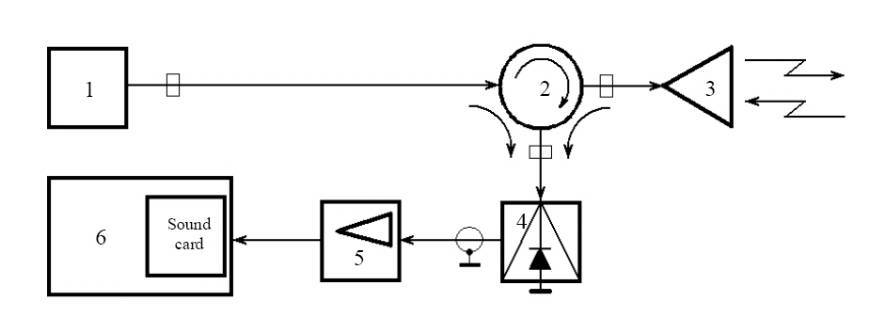
FIG. 1: Schematic representation of a homodyne receiver-transmitter including a ferrite circulator:
1 – generator;
2 –circulator;
3 – horn antenna;
4 – mixer;
5 – selective amplifier;
6 – personal computer
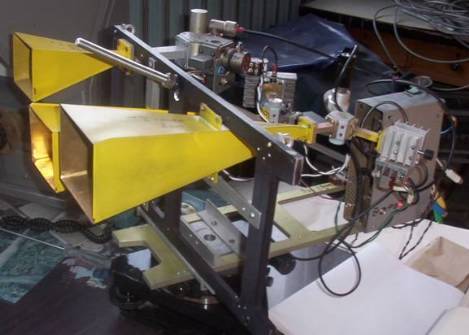
Application of the Doppler method to locate the plasma column in the NG is of interest because some peculiarities of the plasma excitation mode are well-known, for example, there are two contrary electric processes in the pipe: formation of charged particles and their disappearance in the plasma due to the recombination in the volume under the action of electric field and diffusion. Ionization occurs, in general, as a result of collision between the electrons, accelerated by the external electric field, and the neutral gas particles.
A gas-discharge lamp was placed on a rotary table making it possible to change the angle between the plasma source and the radio beam of the measuring complex. The location angle position was changing from 0° to ± 90°. The experimental facility is shown in Fig. 2.
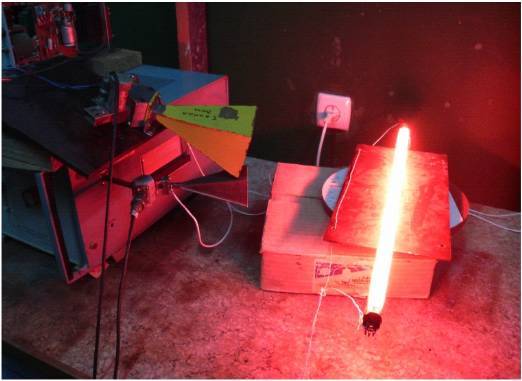
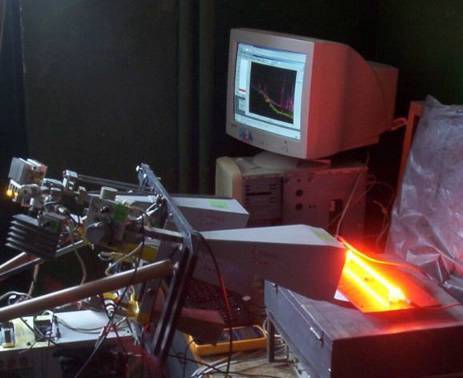
FIG. 2: Photo of the experimental facility
The change of the viewing angle of the frequency-modulated signal relatively to the plasma column leads to the spectrum shift along the axis of the Doppler frequencies. The shape of the spectrum reflected from the plasma formation represents the stratum configuration. The polarization dependence of the stratum-reflected signals was investigated by changing the horizontal position of the plasma formation generator into the vertical one.
The strata in the plasma-beam gas-discharge generator were fixed by a high-speed digital camera Casio exelim pro FX-1 capable to produce 1200 pictures/s. Experimental results have shown that there exist fixed strata and traveling ones. The fixed strata are observed, as a rule, at a current lower than the nominal one for NG of a given type. The maximum velocities of 10…100 m/s were observed at a current exceeding the nominal values by 10-15%. The velocity of traveling strata was calculated by determining the stratum shift distance on the two neighbor pictures for a known shift time interval equal to 1/1 200 s. So, the stratum velocity was calculated by the formula: v = l × 1200 , where l is the distance that the stratum passes for the time interval equal to 1/1 200 s.
A typical appearance of stratum-like formations at the high-speed digital camera output is shown in Fig. 3.

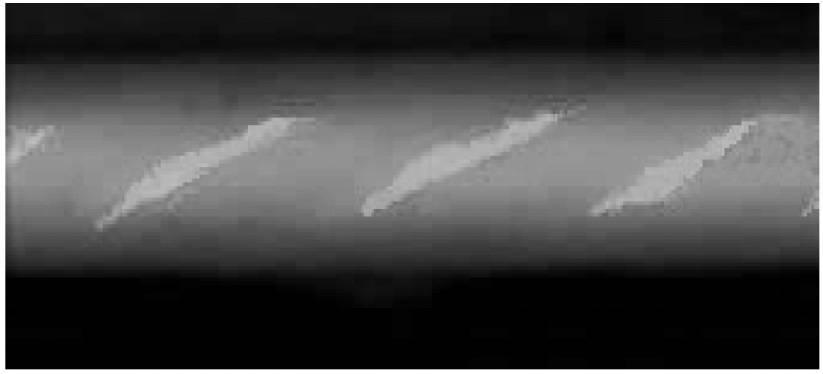
FIG. 3: Typical appearance of strata obtained with the high-speed digital camera Casio Exilim Pro FX-1
Figure 4 presents the spectral characteristics of a signal at the output of the two-channel spectrum analyzer obtained in the medium of PC program “Spectrolab”.
The given realization was obtained with the following raw data in the experimental facility: noise generator NG-5; indicator current of 90 mA; viewing angle of 90º…27º. In the spectrum both the amplitude modulation and the phase modulation take place. It is demonstrated by the dependence of spectral characteristics of reflections from the plasma formations when changing the viewing angle of the Doppler radar. The change of the viewing angle practically has no effect on the amplitude modulation position in the signal spectrum. And there is a notable shift of phase modulation-produced spectral components along the frequency axis.
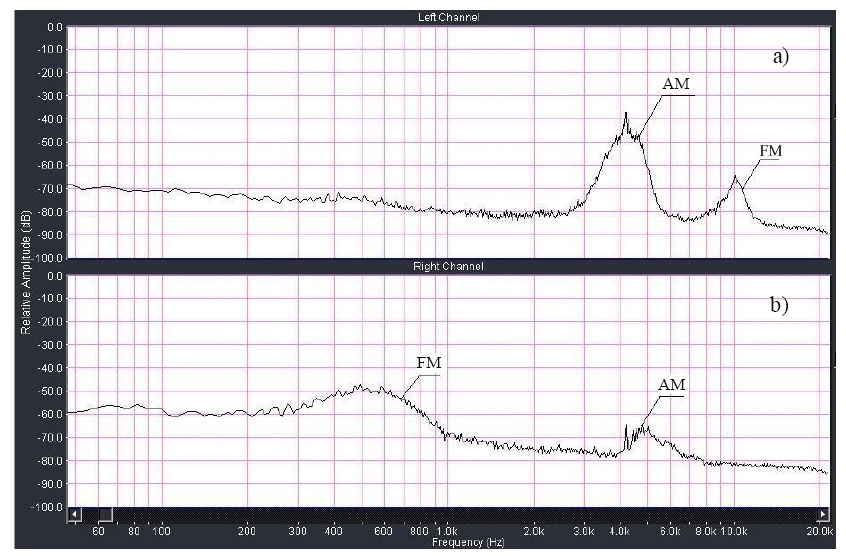
FIG. 4: Echo signal depending on wavelength at I = 90 mÀ, a = 10○: à) on a wavelength of
8 mm; b) on a wavelength of 3.2 cm
If a signal is obtained from the 8-mm horn antenna, the rate of its Doppler frequency position changing along the axis is higher by a factor of 4 as compared to the 3-cm antenna, that is in accordance with the data obtained using the amplitudephase modulation simulator. So, the fact is confirmed that the amplitude-phase modulation takes place in experiments with the plasma formation NG and is fixed by our experimental facility.
The results of preliminary investigations on the stratum-like plasma formations using the model of a coherent homodyne receiving-transmitting measuring device allow us to conclude the following:
- A Doppler radar is an expedient tool for studying the plasma formations, in particular, stratum-like ones. Basing on the radar data it is possible to judge a stratum shape, a number of plasma formations, a velocity of their travel and an intensity of signal reflection from the stratified plasma.
- Signal reflection from the stratified plasma is, for the most part, of an amplitude character. The lines of amplitude modulation reach the highest value at a viewing angle of 90° ± 20°. The peak amplitude of the line in the spectrum is reached when the current density in the plasma-beam generator is Icd = 25…30 mÀ/mm.
- Phase modulation of stratified plasma formations has a noise nature characterized by a much lesser amplitude and is revealed mainly when the plasma generator current is appreciably decreasing.
- Maximum values of the spectral line amplitude for a signal reflected from the stratified plasma formation are reached at a generator current density I = 100 mÀ and with a plasma column of 3.5 mm in diameter.
- The estimated effective scattering surface of stratified plasma formations is L= 3.2 ñm - 1.4·10-2 m2 for the wave of 0.8 ñm - 1·10-3 m2.
- The frequency peculiarities of signal reflection from the stratum are estimated. The maximum values of the amplitude of signal reflection from the stratum are obtained on the 0.8 cm wave.







